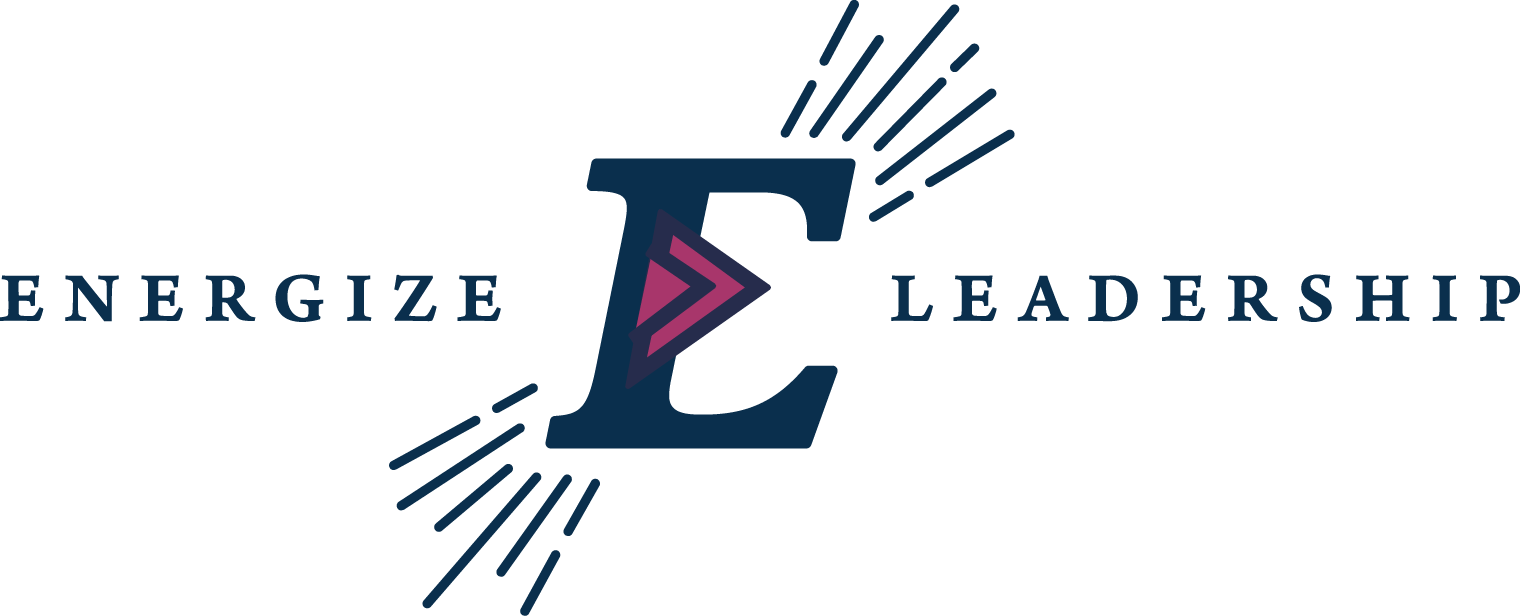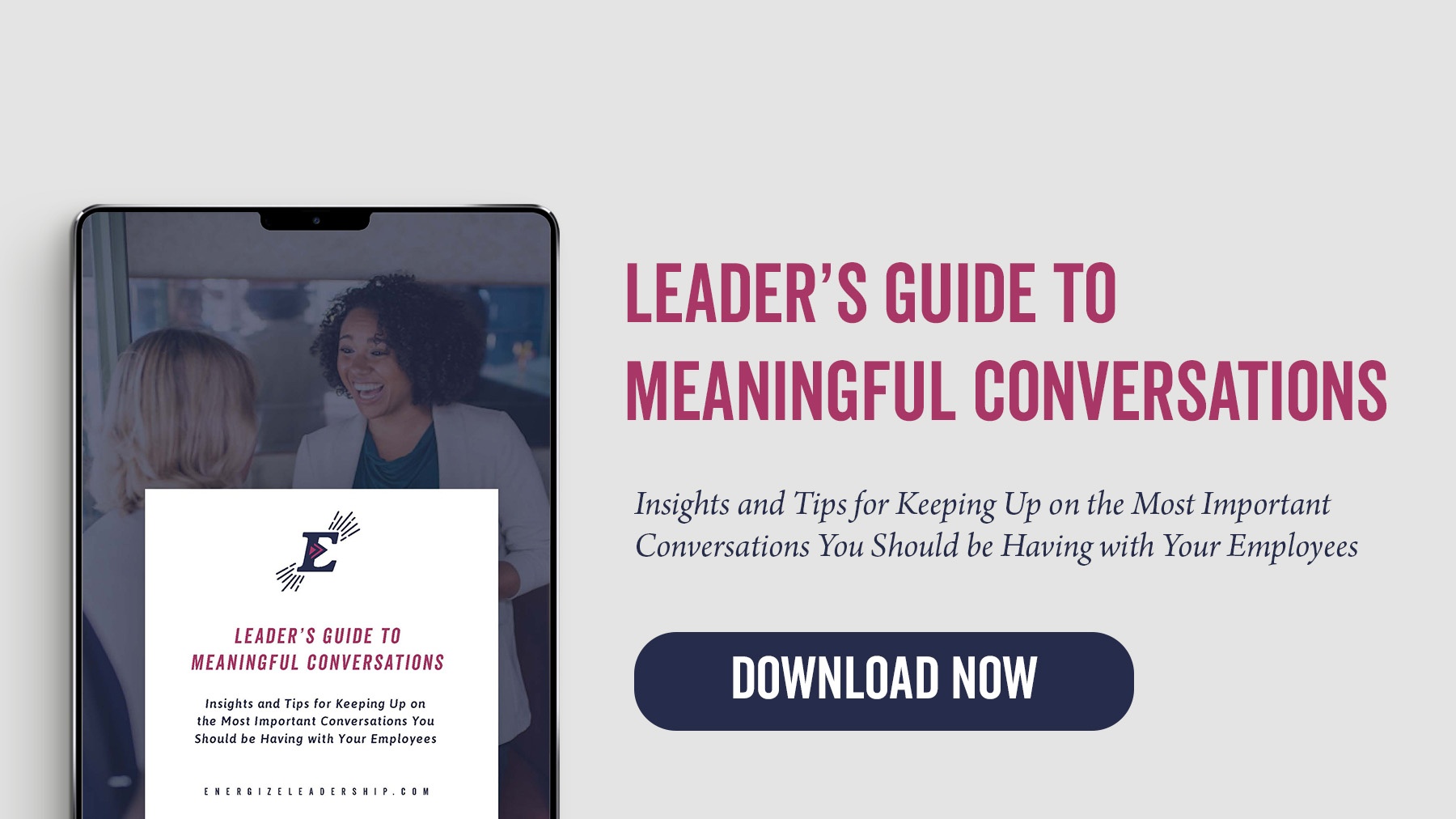5 Tips to Making Performance Conversations Something You Don’t Dread
Why is it that talking about performance can be so difficult?!
Many find it grueling because they see it as confrontation (which they inherently don’t enjoy!) and others perhaps because they’re simply not clear on their own expectations.
The truth is, this is just as much about them as it is for you. Performance conversations are all about matching your expectations with those of your employee. Getting clarity on this can really be magical because when everyone is on the same page, there is little left to question and everything gets into a flow!
Understanding your own expectations and making the right adjustments to align with your employee is therefore the simplest ingredient to making your performance conversations easier in the future. And to help figure out just how to do that, we’ve listed a few tips and questions in this article that you can start practicing and incorporating into your approach.
But first…click here or the image below to download your Leader’s Guide to Meaningful Conversations: Insights and Tips for Keeping Up on the Most Important Conversations You Should be Having with Your Employee.
—
#1 Seek to understand each other first
“In high performing teams, the cost of speaking out is lowered, the cost of silence is raised.” – Nick Pope, Global Learning Director of Unilever
Communication is a critical factor when it comes to performance. Get to know your employees—what’s their zone of genius? Where do they fall short? What motivates them? What discourages them? And what do they need to feel most successful and productive?
Remember, every employee is different. Some appreciate words of affirmation while others appreciate acts of service. Some perform best in the wee hours of the night while others are most productive in the morning. Some might perform best on individual projects, while others thrive collaborating in a team.
Recognizing and keying in to each individual’s needs, drivers, and motivators allows you, as their leader, to best support them. Extra bonus: if everyone’s needs are being met and they feel engaged and supported, they are less likely to compare or be disgruntled about what is going on with others!
Here are four areas you can touch on to get the most out of your performance conversations:
- Discuss their current workload. Your direct reports might have their own ideas about where to make adjustments on how things get done. Clarity around such priorities, tasks, processes, due dates, and overall workload are all areas that benefit greatly from frequent discussions!
- Get to know their strengths. You might have an employee with an interesting set of strengths. Maybe they were hired with the expectation that they would use their skills a certain way, but it doesn’t align with their own assumptions. Having a conversation about how their strengths play a role in their work puts both of you on the same page about how the company will get the most from them and how they can achieve the greatest levels of satisfaction with their roles and engagement with their work (btw, engagement = productivity).
- Ask for feedback (often, and consistently). There may be times when you are getting in the way without knowing that you are. Simple questions like, “what can I do more of?,” what can I do less of?,” and “is there anything I can do to better support you in your role?” can go a long way to ameliorate such a situation when you do find yourself in one!
- Understand their needs for development and interests in growth opportunities. Developing new skills and becoming stronger in certain areas is beneficial for both, your employees and for the organization. Invest in their growth and make sure to focus on what they need to be successful in their role right now, in addition to what will be helpful to them in the future.
#2 Establish short-term goals that align with a long-term plan
Many leaders struggle to find balance between being supportive and flexible while also making sure the standards and expectations they set for their employees are being met. This is where long-term planning and short-term goal setting really make a difference.
The best way to achieve a goal (a.k.a. results) is to create a plan and break it down into actionable steps (no surprise here!). It is critical for everyone to understand how current projects and efforts tie into specific goals or else you’ll risk losing their interest, motivation, and clarity on direction. Priorities get confused, alternative paths are taken, and frankly, people can get down right frustrated.
Here’s how you can facilitate such goal-oriented conversations:
- Talk about the future and dial in on a plan for the long-term. Set the scene. We recommend initiating this conversation by leading with what you see for your employee(s) long-term. Here are a few examples: “In the future, I see this department accomplishing…” “I hope other departments see your division as a place that…” Once they’re clear on why their role matters and how it plays into the success of the organization, it’s time to talk about your plan of action–where you can layout your plan from A-Z.
- Establish some short-term goals. This is where many leaders fall short—they set expectations without creating clarity on how to get from point A to point B. Breaking this down might seem like middle school work, but it makes a world of difference.
- Discuss whether the plan you set in place is realistic and attainable. Too often, the amount of time it is expected to take for things to get accomplished is vastly underestimated. Be thoughtful when anticipating any struggles or roadblocks you may encounter so you can can effectively assign resources now. Doing so will allow you to set a realistic and attainable timeline that increases your chances for success.
Once you communicate a plan that sets the aforementioned actionable goals, it’s time to turn your attention to making your expectations clear.
Relevant article: Are You Setting The Right Goals As A Leader?
#3 Get clear on (and reiterate!) your expectations
Checking in regularly and being steady with your support and expectations will be key to your employees’ success. Try and remember to check in on whether you have been consistent in clarifying expectations. This will help to hold your team accountable, and keep up momentum and pace. The following questions can help keep them on track:
“[Name], how is [project name/task] going? I want to make sure you have what you need in order to finish this by [deadline]”
“I noticed you’re falling behind on [project name/task]. Can you help me understand what is getting in the way?”
“I noticed that you [missed a deadline/forgot to do something/were late to a meeting/etc] again. How can I help you with keeping this from happening? I want to avoid you having to face [XYZ] consequences/repercussions.
Don’t underestimate the power behind these questions—they are simple, but very effective!
#4 Be willing to pivot
Here’s something that not many people will admit: we can all lose our motivation at times, fall behind on work, or make mistakes. After all, we’re only human and can’t always perform at our maximum level. And that’s okay.
The important thing here is to address the situation promptly and head-on (before it gets worse), and open up a conversation about the challenges your employee is facing in a productive and empathetic way.
Here are a few examples on how to approach these moments:
[Name], your sales are off by ___ percent this month. Can you help me understand why this is happening and how we can turn things around?
[Name], I noticed you are falling behind on your deadlines. I wanted to check in with you to see if everything is okay. How are you feeling about your workload? Do you need some time to catch up? Is there anything we can take off your plate to rectify the situation?
The takeaway: Goals won’t always be met and as leaders, we have to be ready to pivot when they aren’t. This may mean restructuring a project timeline, setting aside time to catch up on work, redesigning how work is being prioritized, or simply taking projects off someone’s plate.
#5 Always tie their performance with the bigger picture
“People want to be on a team. They want to be part of something bigger than themselves. They want to be in a situation where they feel that they are doing something for the greater good.” – Mike Krzyzewski, College Basketball Coach and Former Player
Money is great and all–but at the end of the day, a sense of purpose is what really drives performance. In this regard, designing goals for your employees that are in alignment with the company’s overall strategy, mission, and vision will help them feel more connected to their work, more engaged, and ultimately enhance overall performance.
Relevant article: Creating A Compelling Leadership Vision And Getting Others Onboard
As a final note, not only will developing such a shared vision with your team also energize them, it’ll inspire commitment, excitement, and a clear path forward!
We hope these tips will help make having performance conversations with your employees easier to tackle. We’d also love to get your insights on what has or has not been working for you, so please feel free to comment below!
—
Check out the handy Leader’s Guide to Meaningful Conversations: Insights and Tips for Keeping Up on the Most Important Conversations You Should be Having with Your Employee we created to help you make the most of the conversations you have with each of your employees:





